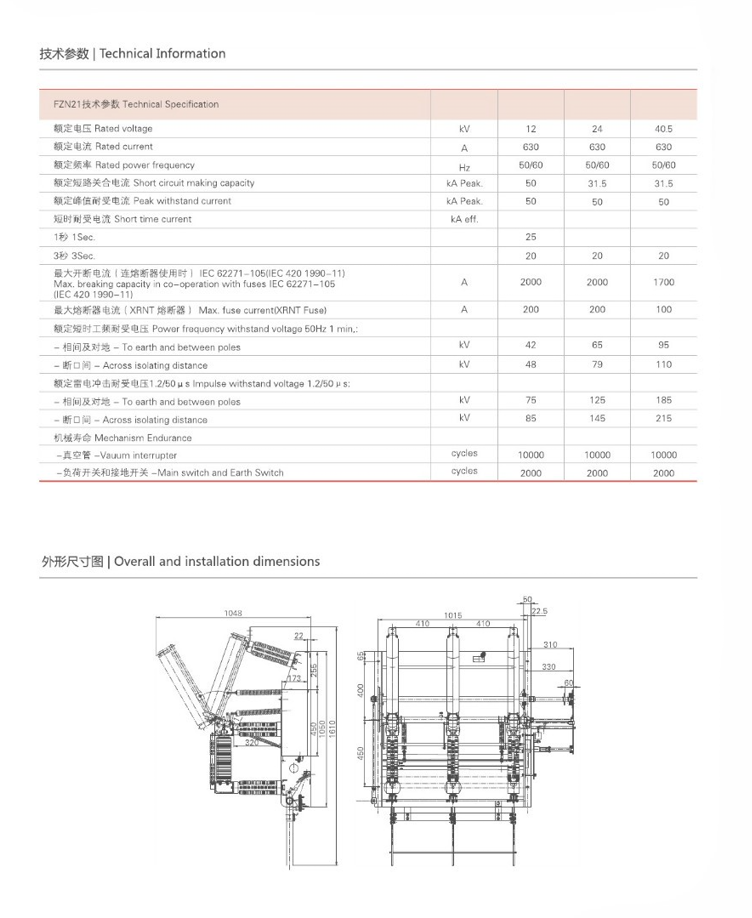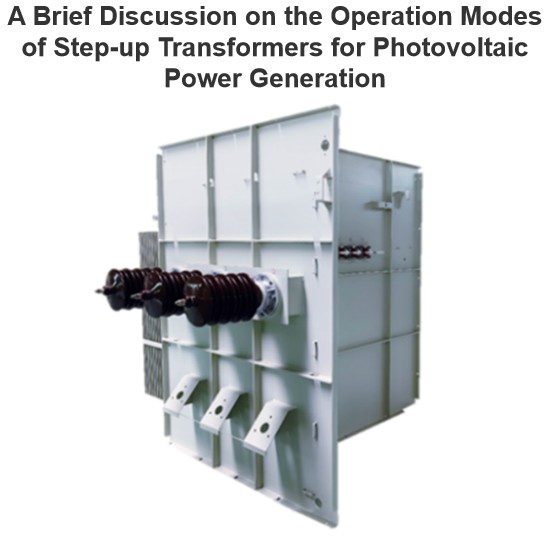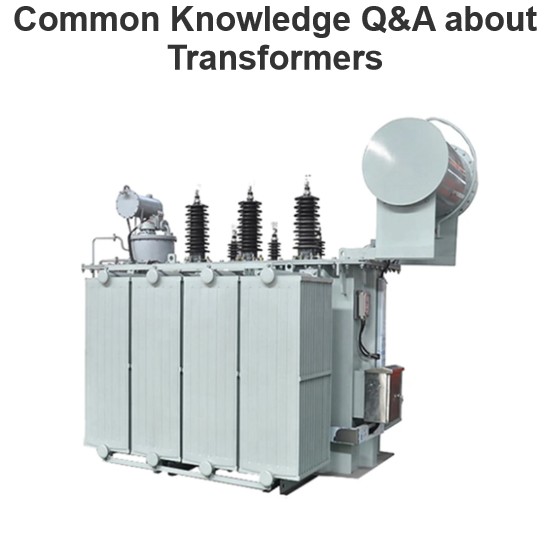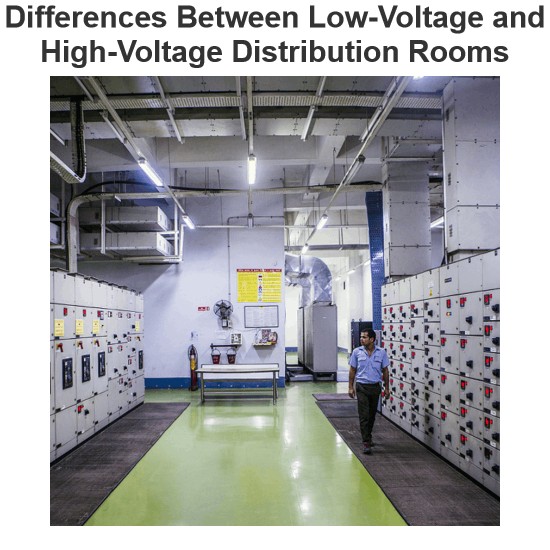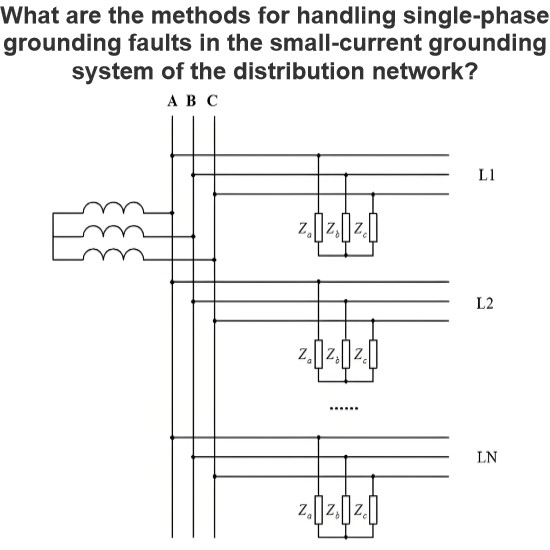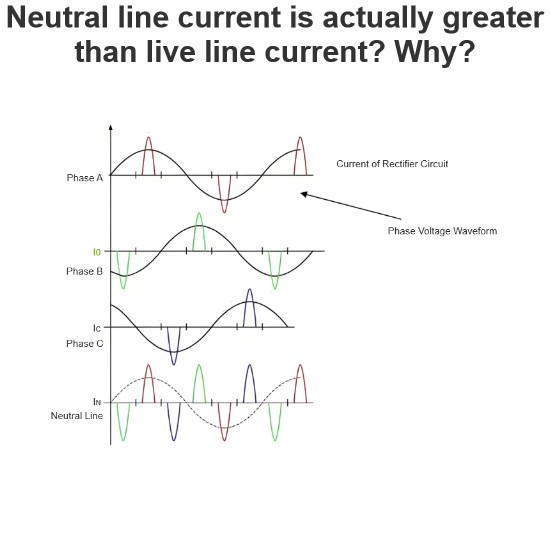| Brand | Switchgear parts |
| Model NO. | Indoor Vacuum Load Break Switch |
| Rated voltage | 40.5kV |
| Series | FZN21-12/24/40.5kV |
FZN21 high-voltage vacuum load switch and combination device are suitable for use inthreephaseAC12kV,24kV,40.5kV,50/60HZpowersystems,orincombination with complete distribution equipment and ring network switchgear, combined substations, etc. They are widely used in domain network construction and renovation projects, industrial and mining enterprises, high-rise buildings, and public facilities. They can be used as ring network power supply or terminals, playing a role in the distribution, control, and protection of electrical energy. The technical performance of this product complies with the provisions of IEC publication 60265-1/FDIS "High voltage load switches, Part 1: High voltage load switches with rated voltage above 1kV and below 52kV", IEC60420 "High voltage AC load switches fuse combination devices", GB16926 "AC high voltage load switches fuse combination devices", and GB3804 "AC high voltage load switches". This type of load switch and combination device mainly consists of a frame, isolation switch (the current limiting fuse of the combination device is on the isolation switch), vacuum switch tube, grounding switch, spring operating mechanism, etc. It has the advantages of high breaking capacity, safety and reliability, long electrical life, frequent operation, compact structure, small volume, light weight, and basically no need for maintenance. It also has the ability to break rated current and overload current, and the fuse combination device can break short-circuit current and prevent equipment phase loss operation. The switch has a clearly visible isolation fracture. Isolation switches, vacuum switches, and grounding switches are interlocked with each other (mechanical interlocking) to prevent misoperation and achieve the true safety technical standard of five protections.
